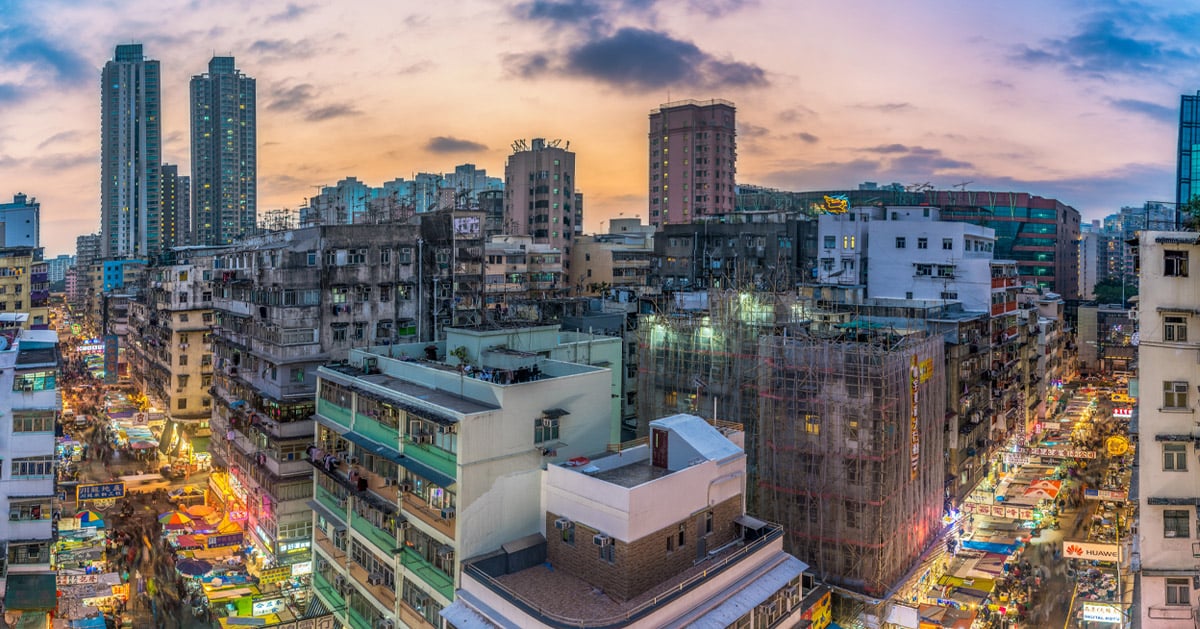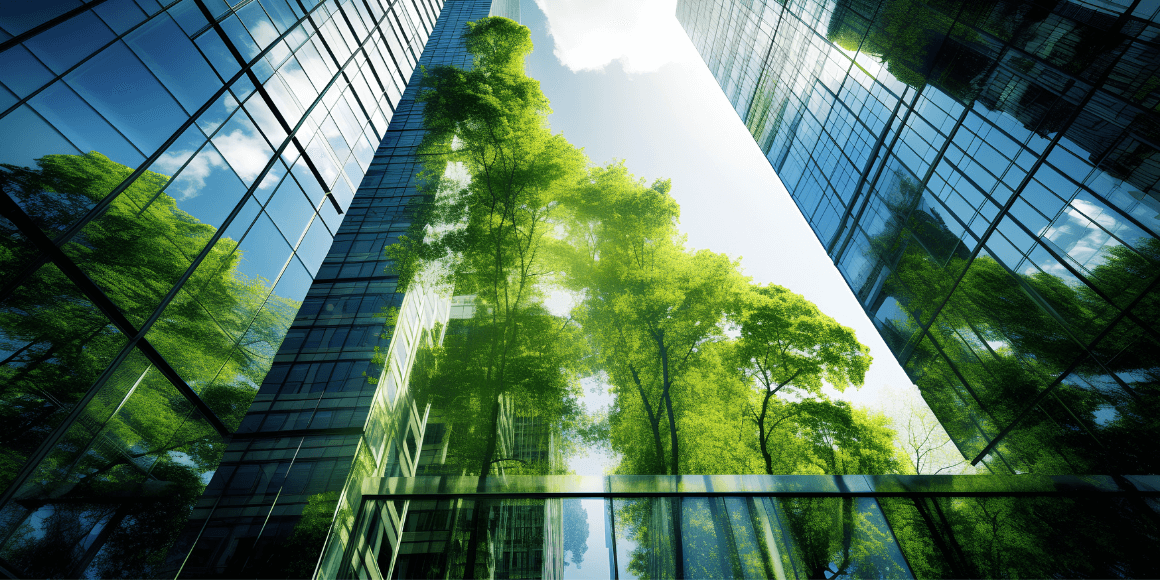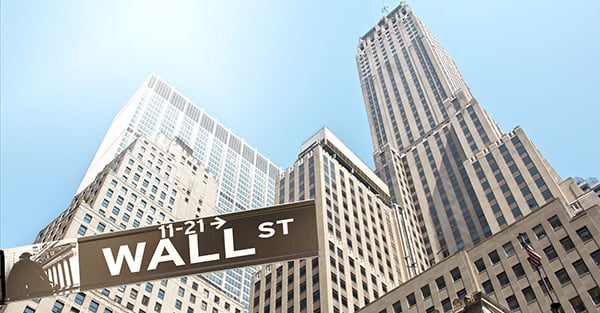By Michael Bevers, CLMC, Lighting Solutions Manager, Redaptive
The escalating trade tensions between the U.S. and China are making headlines across America. They are resulting in tariffs, increased prices and uncertainty for consumers and businesses on both sides of the Pacific. As more details continue to emerge about these controversial tariffs, we’ve got one thing on our minds: how this might impact our customers and the energy efficiency market.
What are tariffs and what do they mean for energy efficiency?
While the tariffs are imposed on many things, from food to clothing, they are also impacting lighting products and parts, primarily manufactured and shipped from China. Some people might think these tariffs are temporary and purely diplomatic, affecting only the folks in Washington. But, did you know that roughly half of all Chinese goods imported into the U.S. are now subject to tariffs, which means a roughly 10 – 25 percent tax hike on $200 billion of Chinese exports? These increases are far reaching and potentially long lasting, bumping up the price tag for businesses implementing energy efficiency retrofits across the United States.
And that’s a problem. The longer corporate energy managers and building owners wait and put off retrofits, the higher tariff-related costs they will ultimately incur. Even now, with these tariffs in place, facilities managers can still save a significant amount of money across their building portfolio with energy efficiency building retrofits today, but future savings are more uncertain.
While there is still much to be determined about the long-term implications of these tariffs, one thing is for sure: deferred energy efficient retrofits will only lead to higher energy bills and costlier upgrades down the line for corporate energy managers.
How the LED lighting market is affected by new tariffs
Allow us to illuminate the specific impact of tariffs on the lighting market.
LED lamp costs won’t be affected now, but some U.S. manufacturers may increase lamp costs to offset increases on other products. LED lighting fixtures, on the other hand, may experience a 15% increase, specifically those shipped complete from China direct to the U.S. (Note: not all fixtures are delivered this way). Likewise, fixture components such as drivers, boards and bodies that are imported from China will assess tariff increases as well, between 5% and 15%. Furthermore, we are starting to see some manufacturers revise existing quotes and pointing to tariffs as the reason for their price hikes.
What Redaptive customers can expect
Redaptive is always looking for ways to optimize your energy project costs, especially since we don’t require any upfront capital. As you know, our main goal is to save customers money by deploying energy efficiency retrofits at scale driving higher energy savings.
However, we’ve been around long enough to tell that things are looking a little dim right now for LED lighting prices. The market is recoiling, and we are all doing our best to keep providing value to customers.
The tariffs have already begun to raise the prices of lighting materials, components and
products, in turn affecting retrofit costs across the U.S. The impact is even greater at scale and across multiple building portfolios.
Businesses will always require lighting to run their facilities, which indicates to us that the need for lighting cost efficiency and reduced operating expenses isn’t going anywhere. In fact, companies might see a greater need for this amid growing volatility in global markets.
What we know for certain is, given the recent tariff developments and still more potential tariffs to follow, the cost of waiting and putting off energy efficiency retrofits is only going to grow.





